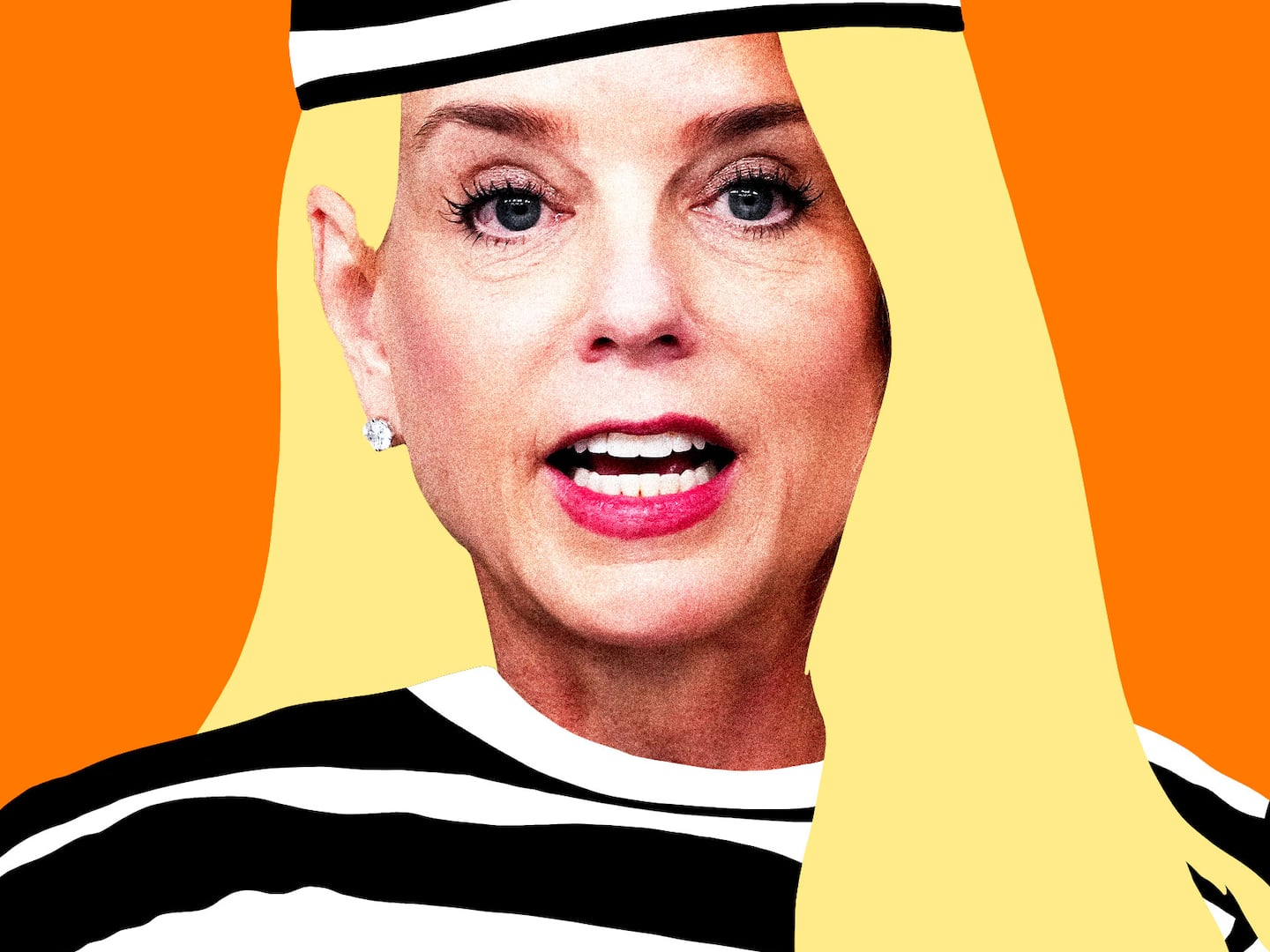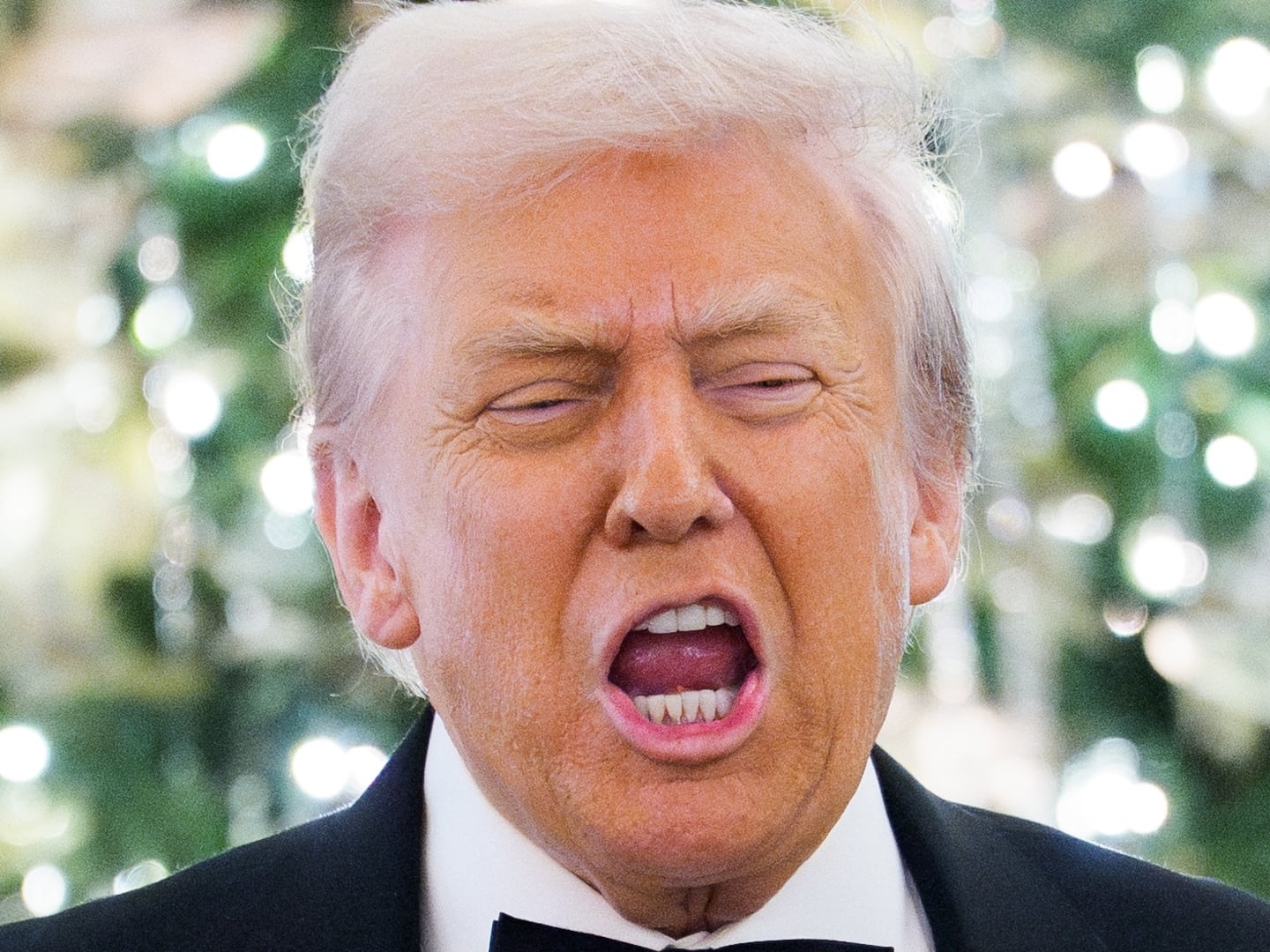T-minus four days before the budget stalemate will force federal officials to turn the lights off.
Leaders of both parties say they want to avoid a shutdown, but they still can’t agree on how much to cut in order to keep the government firing on all cylinders. Negotiators are stuck on $74 billion in cuts from last year’s budget, but on opposite sides of the number. For now, even with the clock ticking, several analysts suspect that a refusal to compromise is still unlikely. Neither party would get definitive credit for sticking to their guns. And last time a shutdown occurred, in 1995, the process to power down and restart the federal infrastructure ended up costing $1.4 billion—hardly a palatable end game for either party.
But White House budget officials aren’t leaving anything to chance. It could still happen, and while aides in the White House Office of Management and Budget, the agency that would be responsible for shutting down the government, insist that a budget deal is still the preferred outcome, they are quietly preparing for the worst. “Since the 1980s, all agencies have had to maintain a plan in case of a government shutdown, and agencies are prepared for any contingency as a matter of course,” said OMB spokeswoman Moira Mack.
So if it does happen, how does it work?
When the White House becomes certain that it won’t receive an acceptable spending bill, the West Wing alerts Jack Lew, who heads OMB. It’s Lew’s job to inform Cabinet secretaries and other department heads that they’ll have to start sending home much of their staff until the government is recharged with new funding.
That’s where things get thorny. Following precedent, each agency director works with a small internal committee to decide who is essential and who isn’t. People who mail out Social Security checks, for instance, would be considered essential. People who answer calls from retirees about their Social Security benefits, however, probably wouldn’t. Regulators overseeing the oil industry as it begins to drill again in the Gulf? Essential. Biologists with the National Oceanic and Atmospheric Administration doing field research on endangered species? Probably not.
OMB stipulated the process in a revised report last year. According to the law, nothing can continue operating that isn’t funded, with very few exceptions—military, law-enforcement, and health-care workers among them. But as usual in politics, there are always disagreements about what is needed and what isn’t at each specific agency. During the mid-’90s, it seemed like a no-brainer to shut down the National Institutes of Health’s research offices in Bethesda, Maryland, until someone noticed that no one would be around to feed the research primates. “Each agency has to go through that process,” says David Walker, who was U.S. comptroller general between 1998 and 2008. “It can be very subjective.”
• David A. Graham: What Happens If Gov’t Shuts Down?Some analysts have looked to 1995, the last time there was a shutdown, for guidance on how the process would play out now. But it’s not a perfect comparison. Some programs that were once under annual review, mainly involving security and veterans’ health care, were moved to multiyear appropriations in the mid-2000s to avoid being held hostage by the political process. Other services once subjected to shutdowns, like visa and passport processing, are now mainly funded by user fees.
If it sounds like a popularity contest, it certainly can feel like one for federal workers. Employees don’t have much recourse to argue they been unfairly labeled. Nor do most taxpayers who rely on specific services. During the 1995 shutdown, for instance, much of the U.S. National Park Service was dismissed indefinitely. Back then, it happened in November. If history repeated itself, the national parks would have to close just in time for spring, costing millions of dollars in uncollected entrance fees.
In recent weeks, as threat of a shutdown lingered, senior managers at the Government Accountability Office discussed who was essential and who wasn’t.

Some agencies have already started preparing. In recent weeks, as threat of a shutdown lingered, senior managers at the Government Accountability Office discussed who was essential and who wasn’t. Other offices, like those at the Department of Commerce, which oversees activities ranging from international trade to endangered species listings, have begun to think seriously about implementing their contingency plans to work with drastically reduced funding, even if only temporarily.
Still, while the word “shutdown” implies that the government goes dark, the reality is that only about 60 percent of it actually stops working, says Alice Rivlin, who directed OMB in the mid-’90s. “If it happens, it’s not really the end of the world,” she says. “But it is disruptive, costly, aggravating, and absolutely pointless.”
Daniel Stone is Newsweek's White House correspondent. He also covers national energy and environmental policy.






